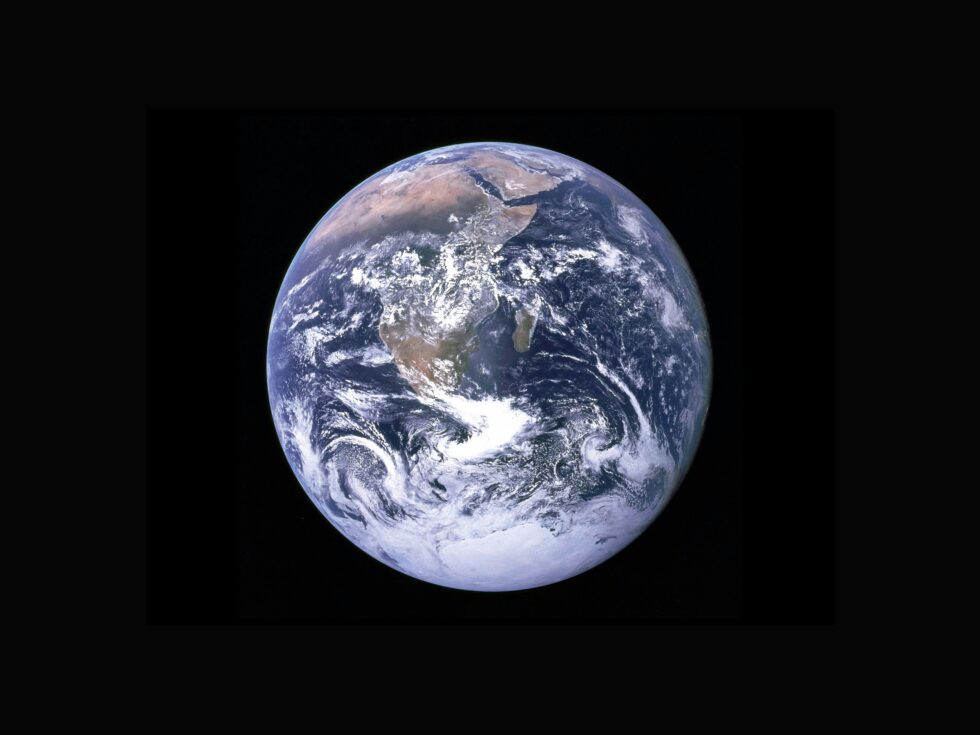
Variations in the earth’s orbit have caused previous climate shifts, but don’t explain what’s happening now.
The earth’s climate has undergone numerous changes over the millennia, ranging from ice ages to much warmer spells. Excluding impacts from massive meteors or volcanoes, the climate has switched between hot and cold on a regular basis.
A century ago, a Serbian mathematician and astronomer named Milutin Milankovic identified three variations in the earth’s orbit that explained these cycles. Let’s first look at the current earth orbit.
The earth revolves around the sun in an elliptical orbit. The closest point to the sun (Perihelion) was 1/3/2024 at 91.4 million miles, and the furthest point from the sun (Aphelion) will occur on 7/5/2024 at 94.5 million miles.
The sun’s energy diminishes at a rate of 1/distance squared, so the sun is 6.8% stronger at Perihelion than at Aphelion.
An object in elliptical orbit travels fastest at Perihelion and slowest at Aphelion (18.82 miles/second and 18.20 miles/sec respectively for earth). Since the earth is moving fastest when it is closest, the time to travel 1 degree around the sun is shorter at Perihelion (23.55 hours) vs Aphelion (25.17 hours).
Also, since the earth is traveling fastest in early winter, the fall and winter seasons are shorter than spring and summer.
The start of the seasons for 2024 into 2025 are:
- Vernal Equinox 3/19/2024 11:06 pm EDT
- Summer Solstice 6/20/2024 4:51 pm EDT
- Autumnal Equinox 9/22/2024 8:44 am EDT
- Winter Solstice 12/21/2024 5:21 am EDT
- Vernal Equinox 3/20/2025 5:01 am EDT
Doing the math, the length of each season is:
- Spring: 92 days, 17 hours, 45 minutes
- Summer: 93 days, 15 hours, 53 minutes
- Fall: 89 days, 20 hours, 37 minutes
- Winter: 88 days, 23 hours, 40 minutes
- Spring and Summer: 186 days, 9 hours, 38 minutes
- Fall and Winter: 178 days, 20 hours, 17 minutes
So, the Northern Hemisphere currently has a shorter, warmer winter and a longer cooler, summer and the Southern Hemisphere has the reverse.
Now let’s look at the changes that can alter this situation. The three variations of the earth’s orbit that impact climate are:
- Eccentricity—how much the elliptical path is stretched from circular
- Obliquity—changes in the tilt of the earth’s axis
- Precession—changes in the direction of the earth’s axis of rotation
Eccentricity is about a 100,000-year cycle during which the earth’s orbit shape changes from near circular (which we are approaching) to about three times its current eccentricity.
At that time, the sun’s energy at Perihelion will be 23% greater than at Aphelion, which will have a significant impact on the temperature at Aphelion.
Obliquity is about a 41,000-year cycle during which the earth’s axis tilt changes between 22.1 and 24.5 degrees. We are currently near the middle at 23.4 degrees, and in the decreasing portion of the cycle. As the tilt decreases, we will have less variation in the amount of sunlight between the seasons, resulting in cooler summers and warmer winters.
However, the polar regions will have less direct sunlight, which can result in increasing ice formation. Polar ice melts the most when the tilt is highest.
Presession is a 26,000-year cycle during which the earth’s axis rotates, similar to a slowing top. In 13,000 years, the Perihelion will be in July and the Aphelion will be in January, reversing the conditions described above for the Northern Hemisphere. We will have longer colder winters and shorter hotter summers, which can result in increasing ice in the northern latitudes.
Each of these changes independently causes a warmer or cooler Northern Hemisphere.
Milankovic determined where they overlapped and predicted that ice ages would occur about every 41,000 years. Ice cores from Greenland and Antarctica supported his predictions but found the periodicity of ice ages lengthened from 41,000 years to 100,000 years beginning 800,000 years ago.
Research is continuing into the cause of this change.
So, the scientific community understands what has caused changes in climate over the millennia, but none of these reasons explain the current rapid rise in earth’s temperature. That can only be explained by the large increase in atmospheric greenhouse gases in the post-industrial age.
by Bruce Saller
GUEST WRITER





